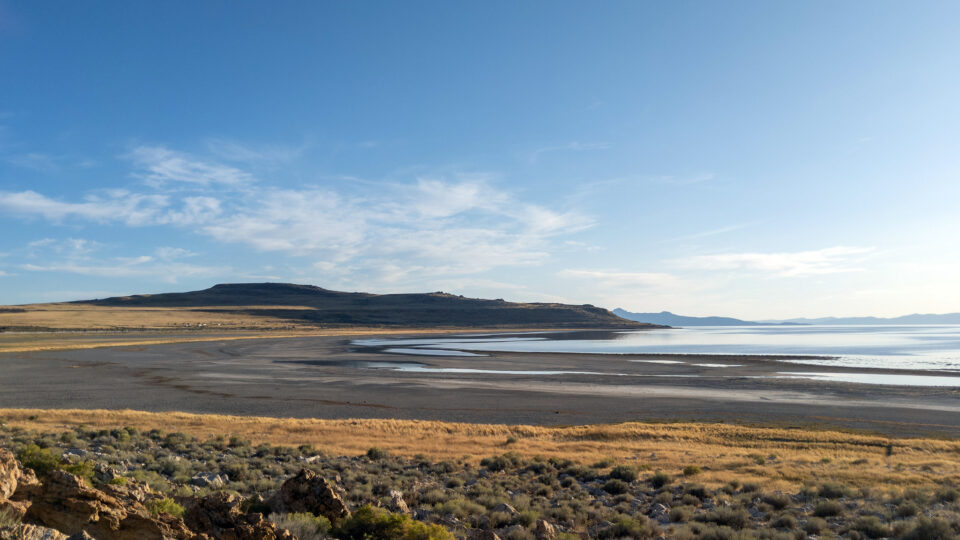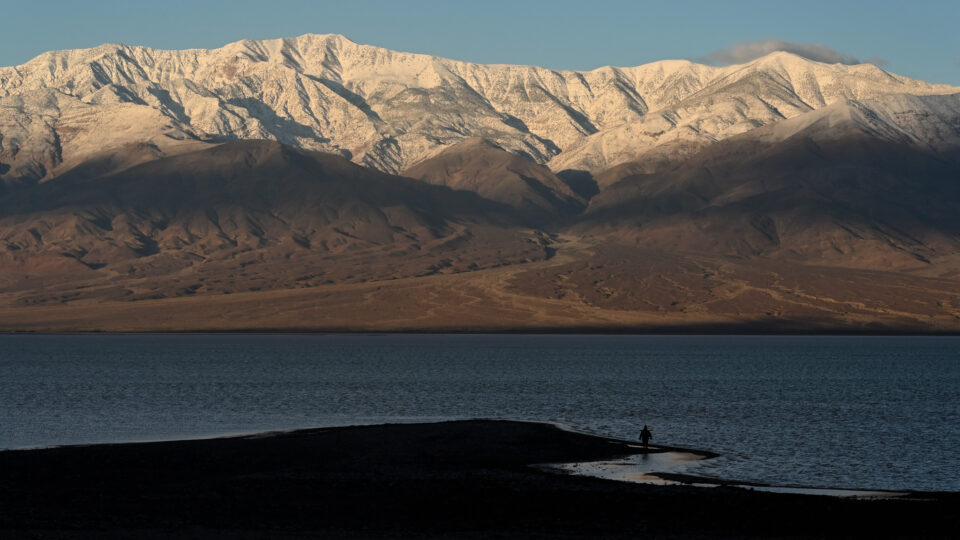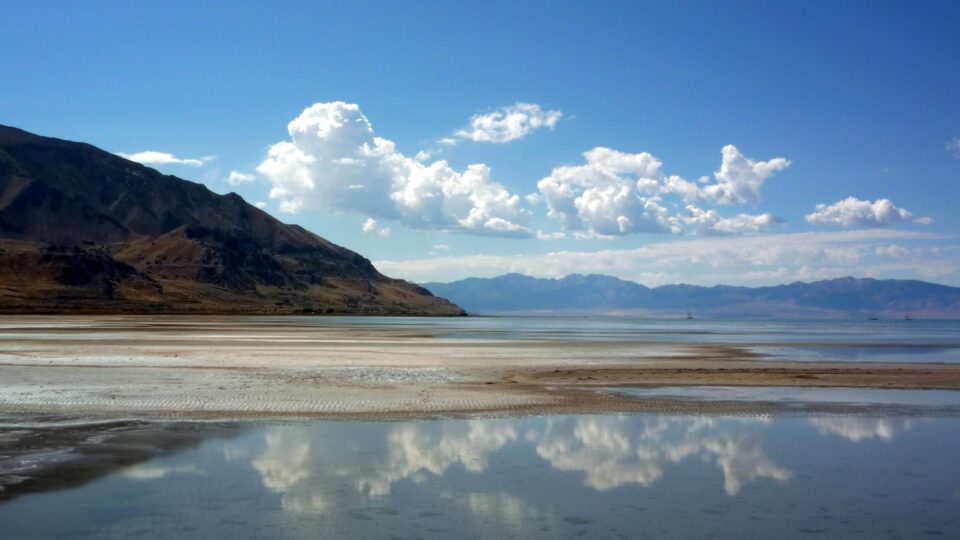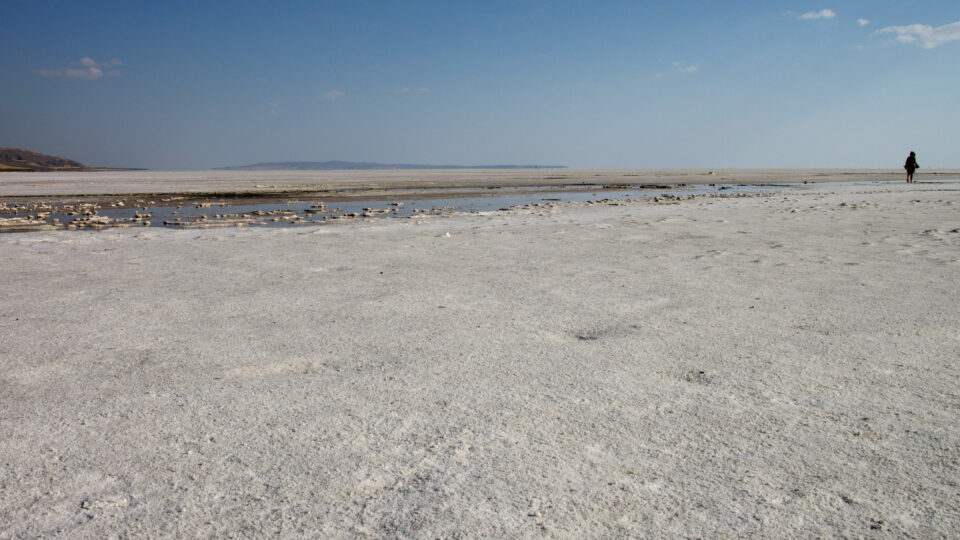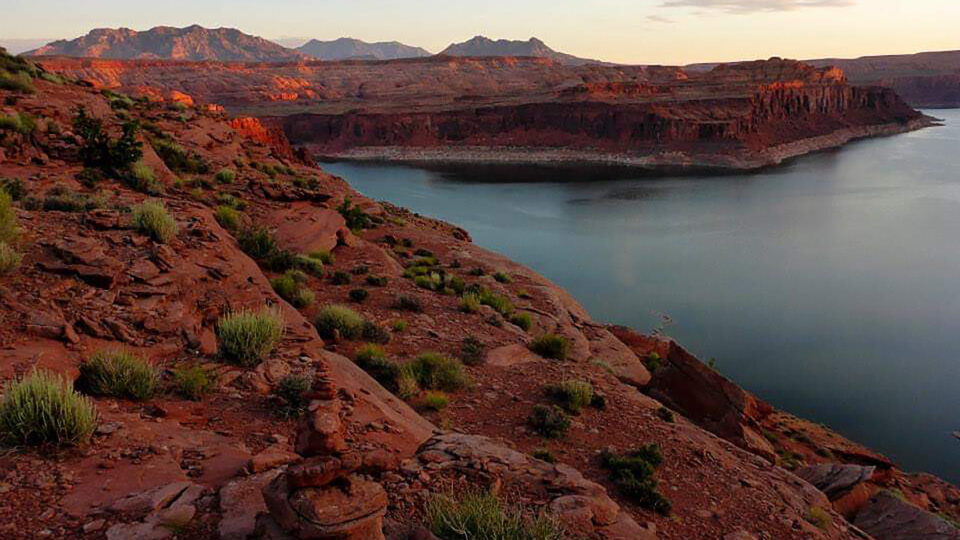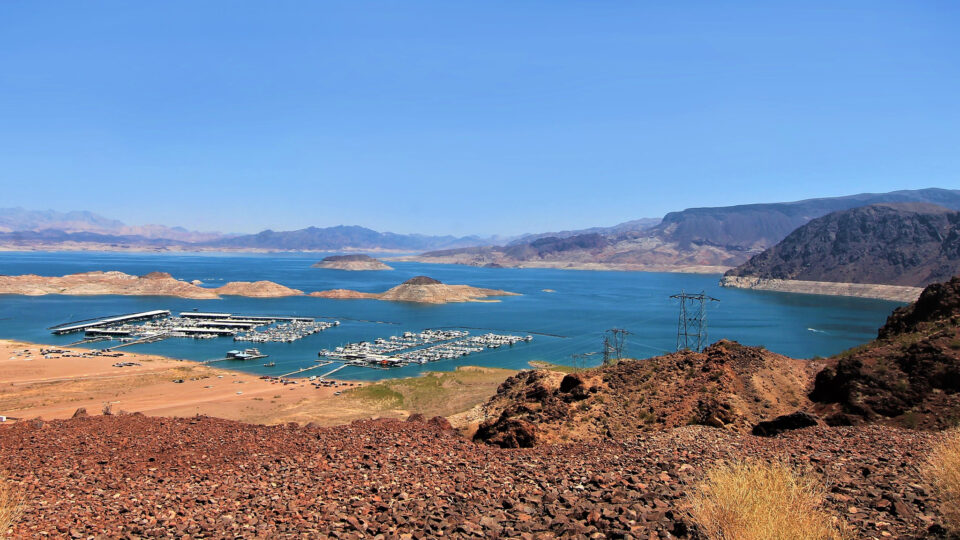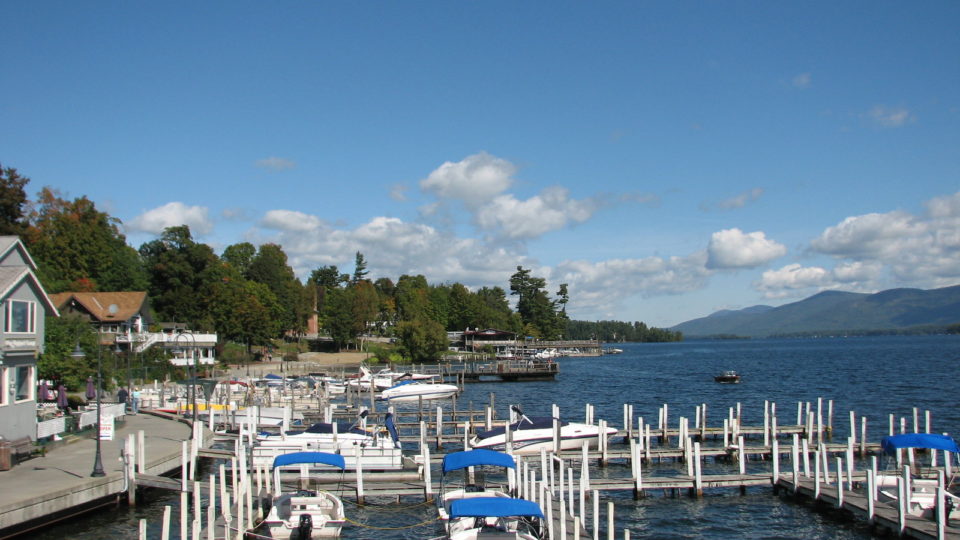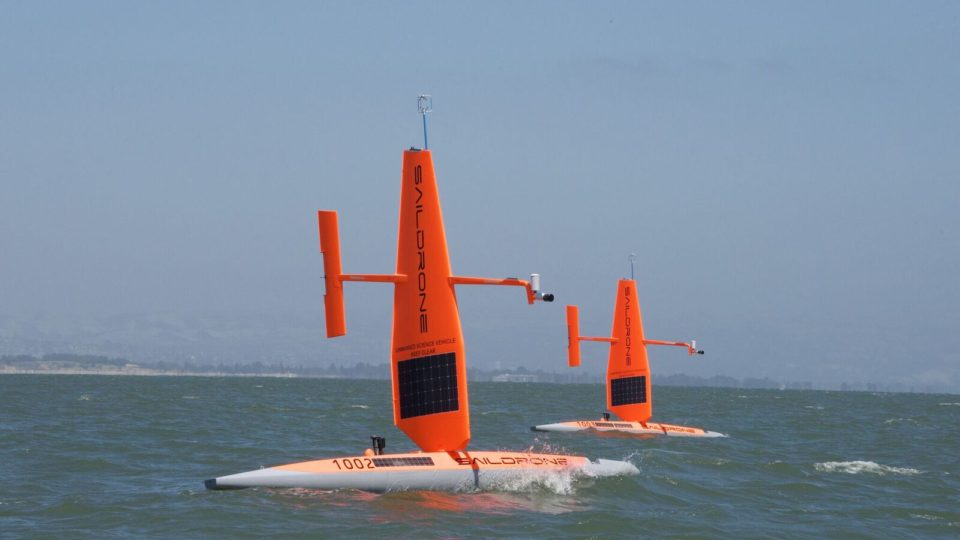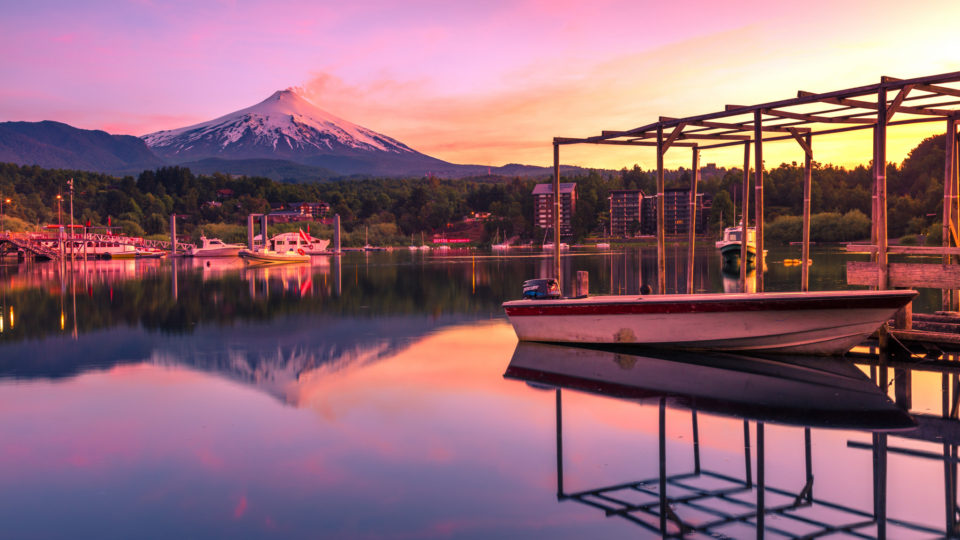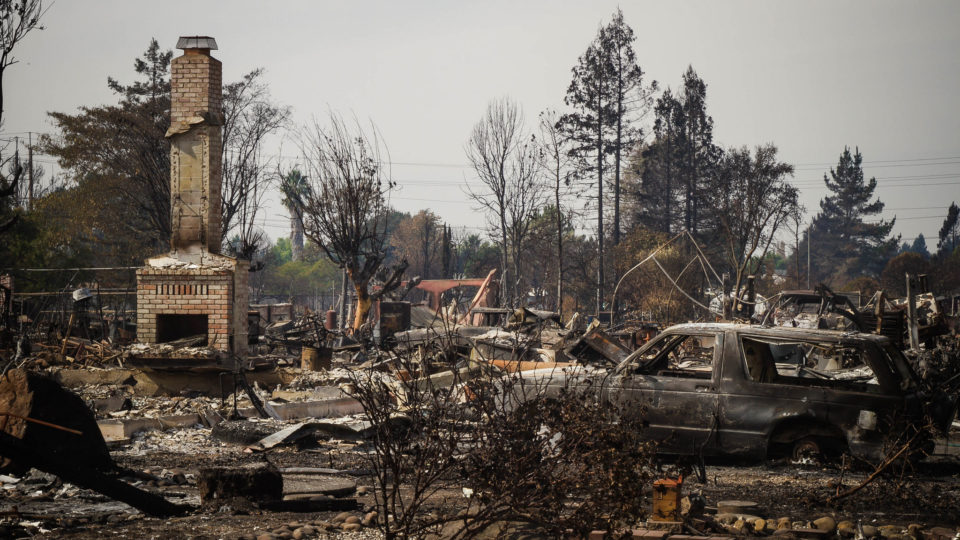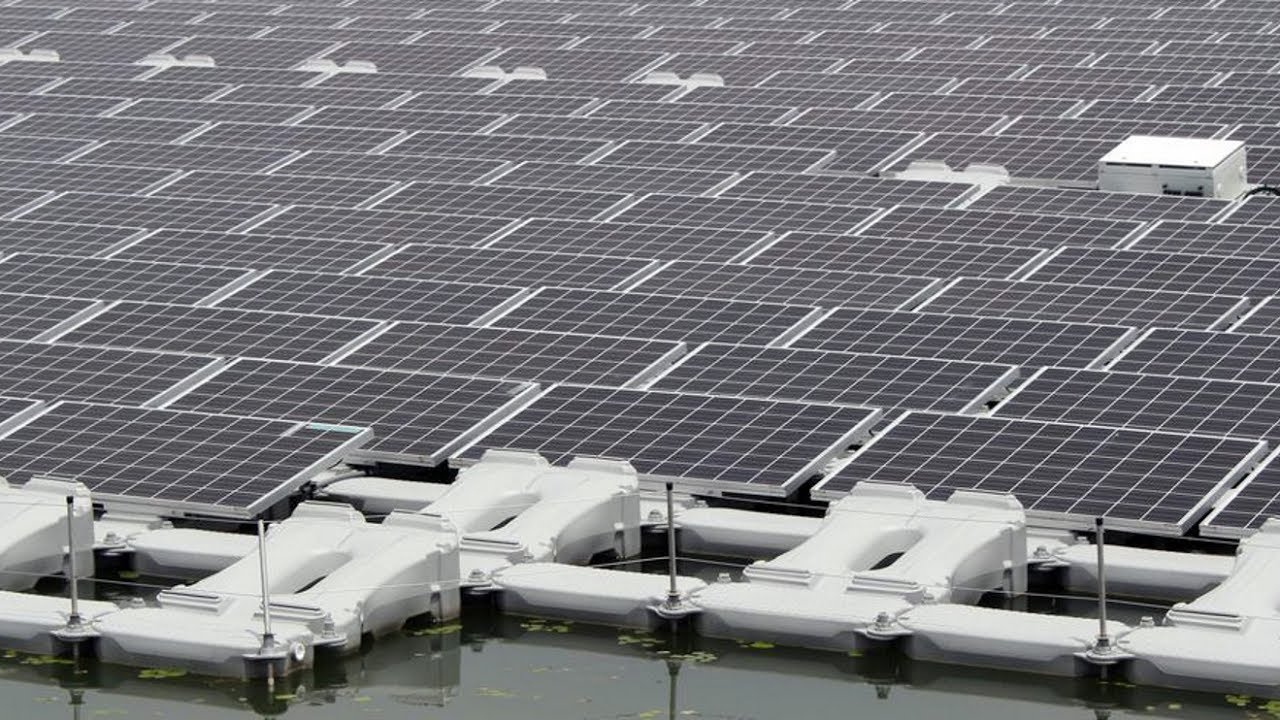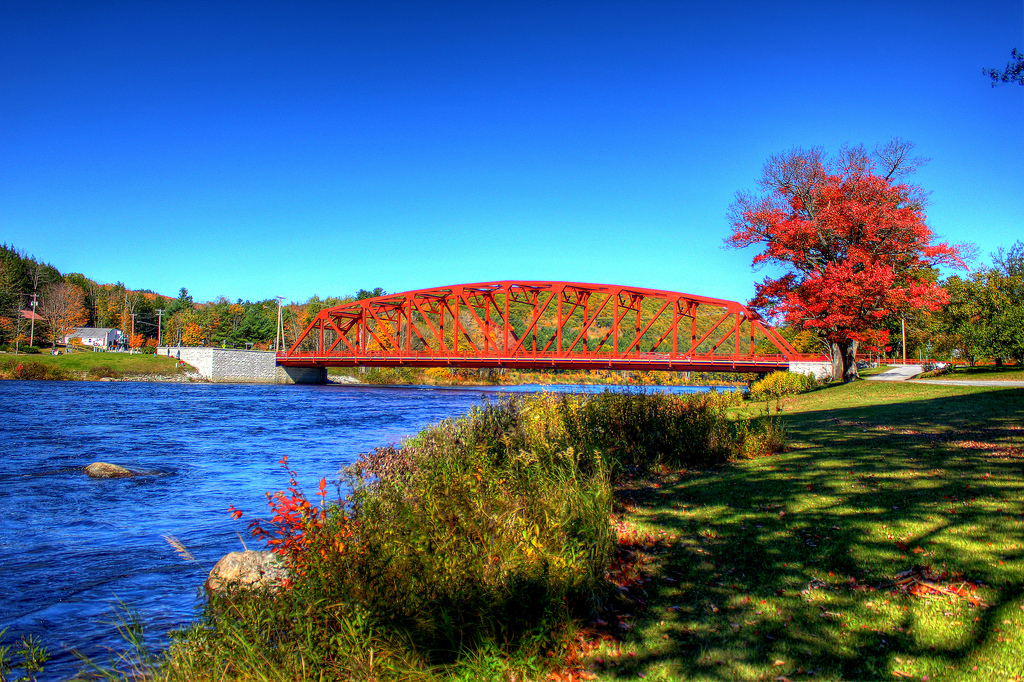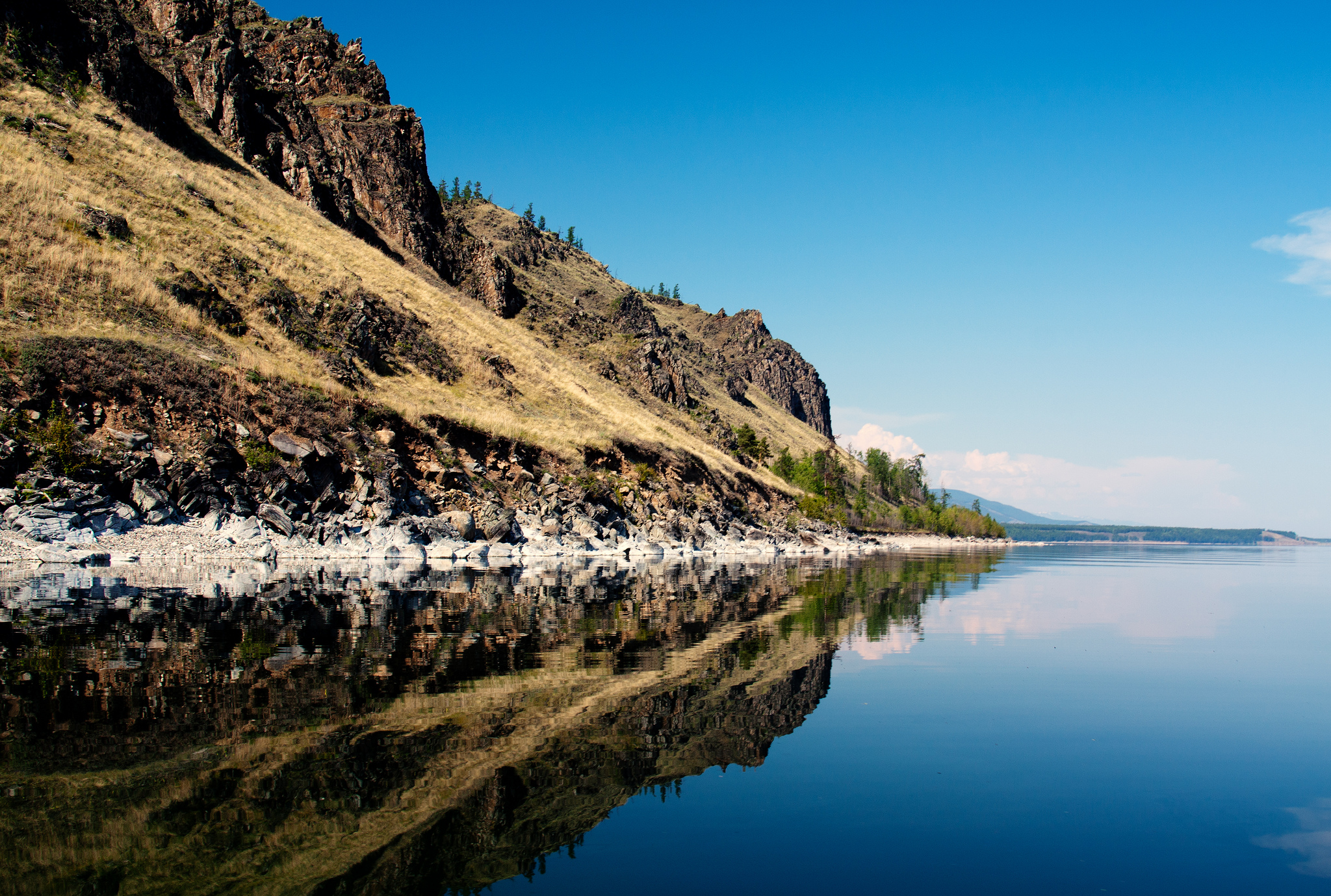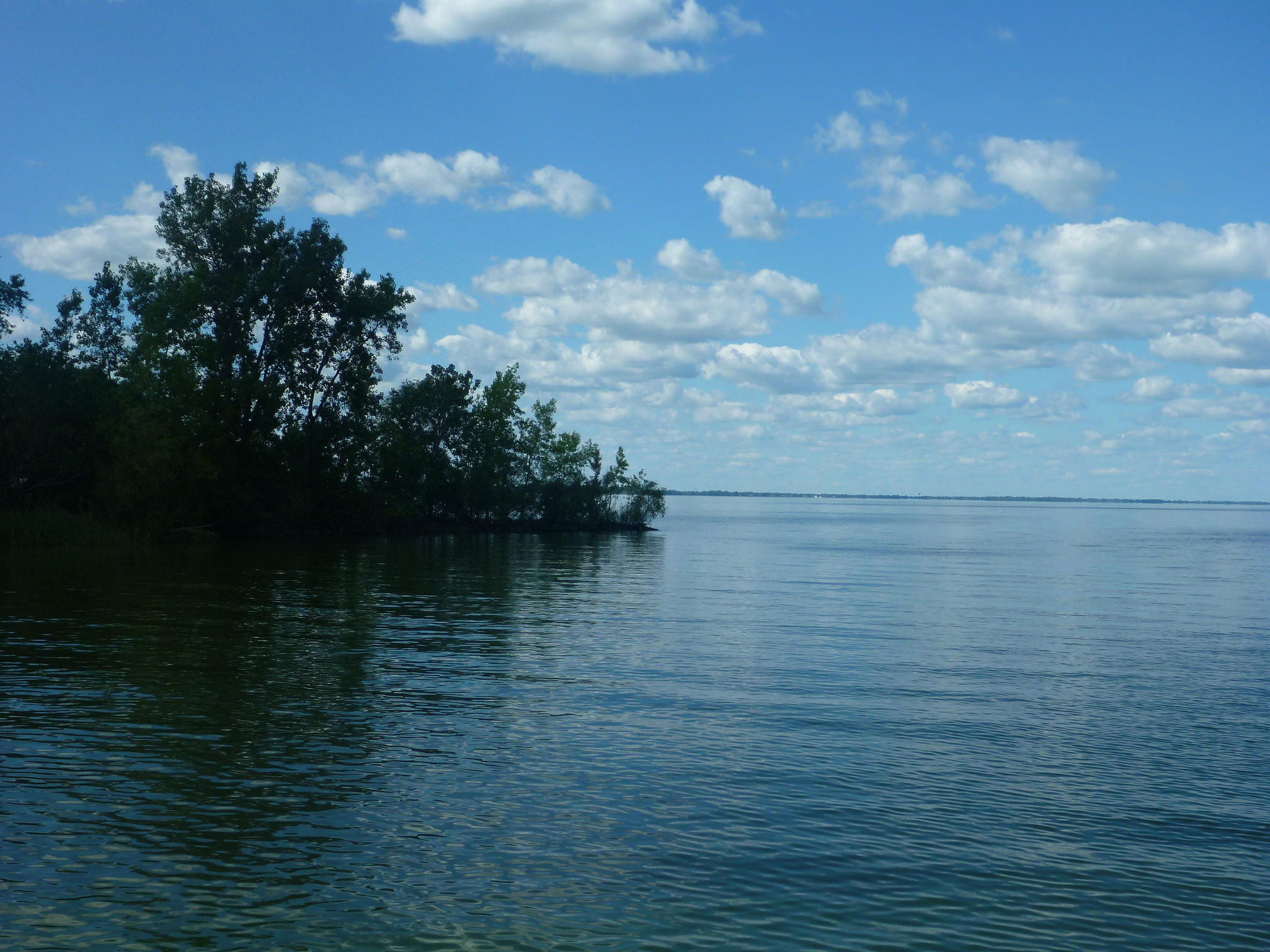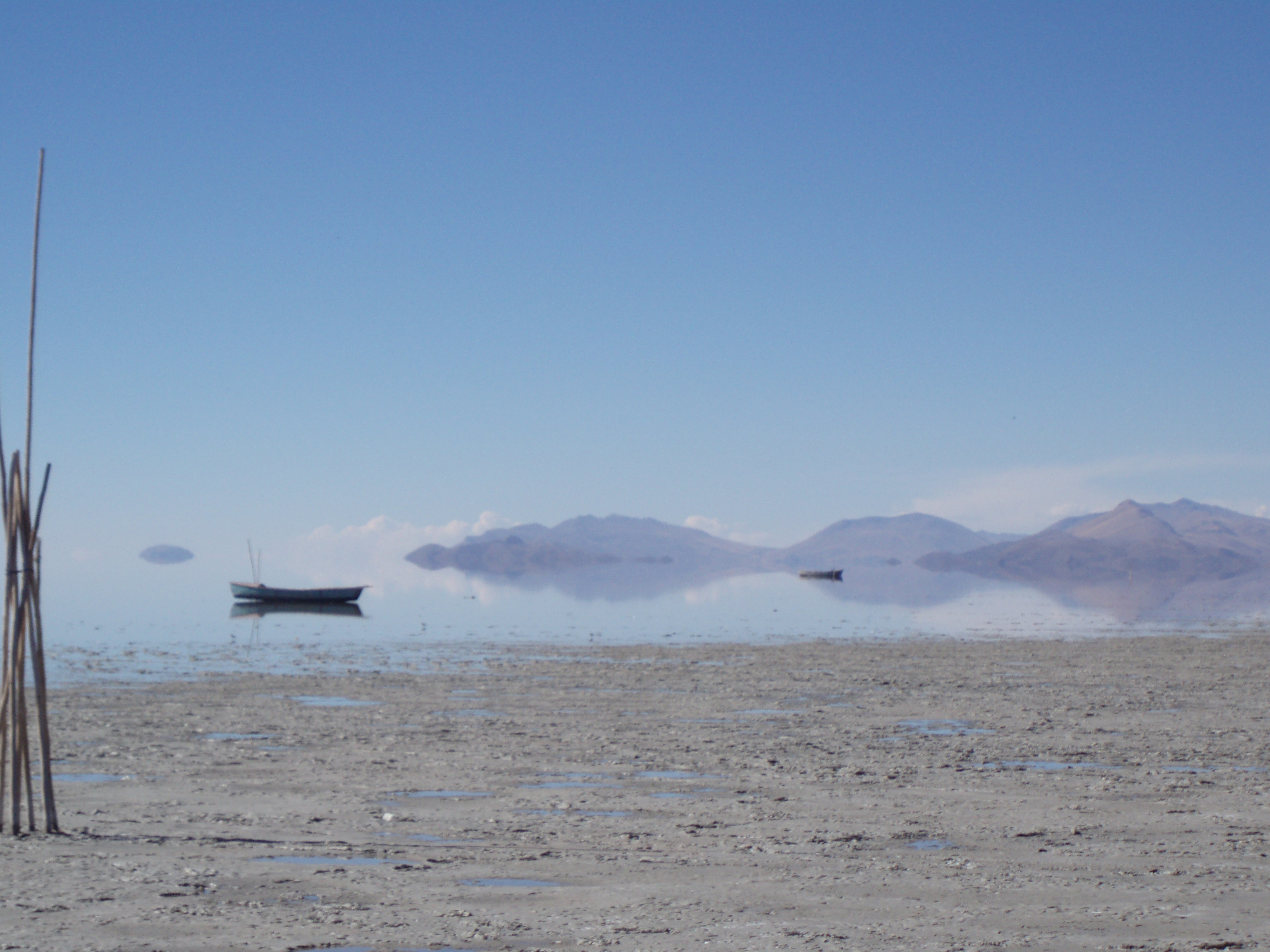The Great Salt Lake in Utah has been described as a puddle of its former self. The lake’s size fluctuates naturally with seasonal and long-term weather patterns, but the lake has been experiencing decline for decades as Utahans take water out of the rivers and streams that once fed the lake. Over recent decades, the lake has lost 73% of its water and 60% of its surface area.
For years, scientists and environmental leaders have warned that the Great Salt Lake is headed toward a catastrophic decline. Recent research has found that the lake’s desiccating shores are becoming a significant source of greenhouse gas emissions. Scientists have calculated that the dried-out portions of the lakebed released about 4.1 million tons of carbon dioxide and other greenhouse gases in 2020.
The recent study, published in the journal One Earth, suggests that the Great Salt Lake – which is largest saltwater lake in the Western Hemisphere – as well as other shrinking saline lakes around the world could become major contributors of climate-warming emissions.
The shrinking back of the water has exposed a dusty lakebed that is laced with arsenic, mercury, lead, and other toxic substances. Some are naturally occurring, and others are the residue of mining activity in the region. These substances threaten to increase rates of respiratory conditions, heart and lung disease, and cancers.
As the lake shrinks, it is becoming saltier and uninhabitable to native flies and brine shrimp and may increasingly become unable to support the 10 million migratory birds and wildlife that frequent it.
The new research about greenhouse gas emissions just adds to a dire list of environmental consequences brought on by the lake’s steep decline.
**********
Web Links
Shrinking Great Salt Lake Becoming Source of Heat-Trapping Gas
Photo, posted January 20, 2020, courtesy of Matthew Dillon via Flickr.
Earth Wise is a production of WAMC Northeast Public Radio
